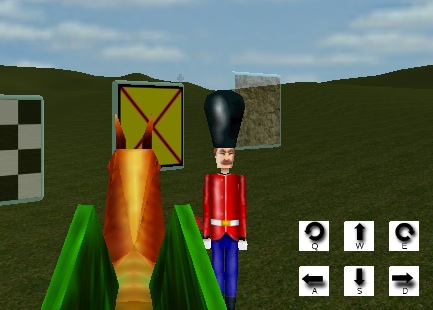Most folks I know are pretty cranky lately. They cite the economy, or the wars. But I don’t think we’re being honest. My generation is dead. We did die before we got old. But we only know it on a subconscious level, and that makes us cranky.
Our last hurrah and last attempt to change the world was in the late ’90’s with the Internet Boom – although that was largely driven by the next generation. Now we’re just running on Cialis. It’s the only thing we care about anymore, or which gets a rise out of us. Dead.
I work at the University of Wisconsin, which had been a hot-bed of violent youth revolution in the ’60’s. Now, when a part time instructor named Barrett raises questions about 911, the university threatens his job. (Even as Syd Barret passes quietly away.)
John just wrote a great blog about serious and enduring issues that will have meaning long after 911 is a footnote, but even he doesn’t wants to talk about 911. Who wants to be thought of as a weirdo? Don’t say such things! I hope interest rates don’t get much higher. Have you tried Flomax?
Surely, the idea that 19 losers wreaked all this havoc, orchestrated by a guy in a cave in Afghanistan, is the looniest conspiracy theory of all time! Imagine a US government that thinks nothing of breaking into the personal files of its domestic political opposition, breaking the law to destroy its bureaucratic opposition, waging war without reason, spying on its own citizens, ignoring treaties, and “temporarily” but indefinitely closing the Whitehouse press office. This is reality, and we’re not outraged? Dead. Now, I can’t imagine that such a government could have deliberately orchestrated 911, but mostly because I think they’re too incompetent to have pulled it off. (Hey, I want to keep my university job!) I don’t know what the reality is. Either of the two opposing conspiracy theories is equally depressing. But I think that folks of my generation are old enough to sense bullshit when we hear it, and we know at some level that we’re up to our eyes in it from all sides. I believe that the recognition that we don’t truly care enough to act on this – or even discuss it – is what’s got us so down. If you’ve still got a pulse, I encourage you to Google on the 911 conspiracy videos.




